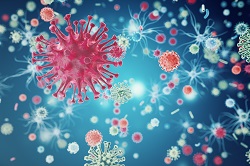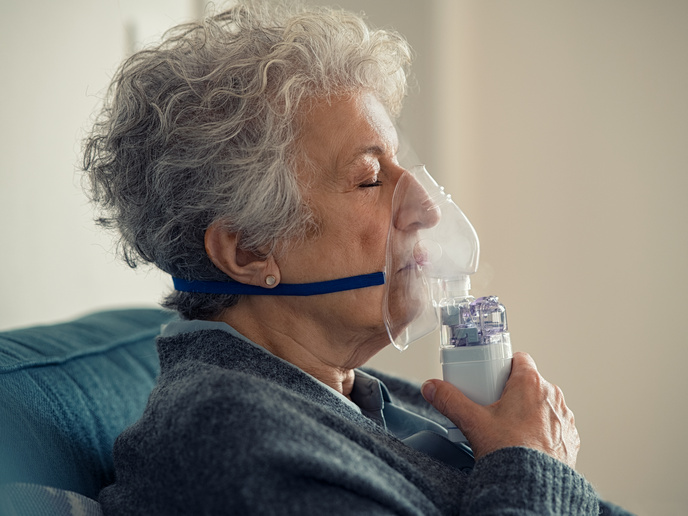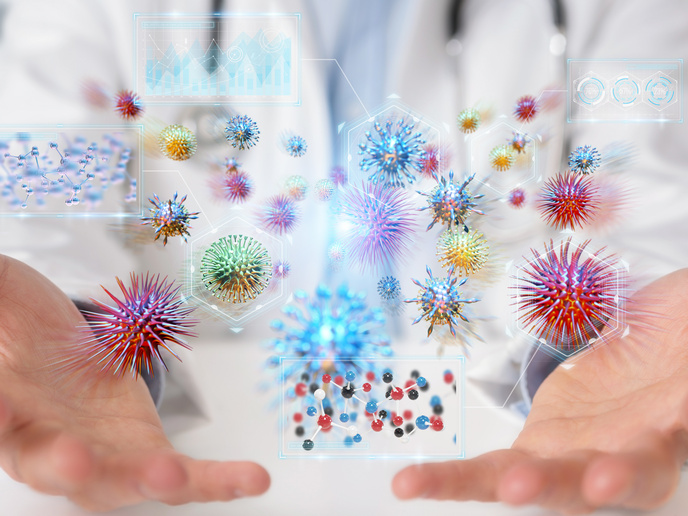Discoveries on Gram-negative bacteria could give a new lease on life to antibiotics
A multidisciplinary team of European researchers has produced new knowledge about how molecules penetrate the cell walls of bacteria and how bacteria defend themselves by flushing them out. These findings from the TRANSLOCATION(opens in new window) project can help select and optimise promising molecules which could be used to develop new antibiotic drugs. TRANSLOCATION was a part of the bigger New Drugs for Bad Bugs(opens in new window) initiative. This platform is leading the EU’s efforts to combat the increasing ability of bacteria to develop resistance to attack. This development is ‘becoming a public health emergency of yet unknown proportions,’ according to the World Health Organization (WHO). ‘People are becoming aware that there may come a time when we don’t have enough drugs to fight bacterial infections,’ says Mathias Winterhalter, TRANSLOCATION project co-ordinator and professor of biophysics at Jacobs University Bremen in Germany. Few incentives for new drugs Just two new classes of antibiotics have been brought to market in the last 30 years. The weak business model for producing more means that only a few pharmaceutical companies remain active in the field. One of the barriers to developing new drugs is the lack of understanding of how molecules enter bacteria. To look into this basic question of science, TRANSLOCATION built a 150-strong team of physicists, chemists and clinical microbiologists and encouraged them to work together in an unusually open fashion. ‘Everyone has to be willing to tell everyone else what they are doing all of the time,’ says Prof Winterhalter. ‘You need to trust people so they will not just keep their research secret until they publish.’ The Marie Curie fellows managed to solve several structures of porins for different Gram-negative bacteria, including Campylobacter, Vibrio cholera and Enterobacter aerogenes. Porins are membrane proteins which form a water-filled pore through a bacteria’s outer cell wall. Exploring how they perform their sieving function — only allowing molecules up to a certain size into the bacteria — is a promising avenue of research.‘Having a high-resolution structure allowed us to use computer-modelling to draw a molecular picture of how antibiotics smuggle themselves inside porins,’ comments Prof Winterhalter. Self defence Efflux pumps, the mechanism whereby bacteria defend themselves by expelling certain molecules, was a second area of research. The team focused on discovering how bacteria recognise these molecules. ‘We contributed to understanding how the efflux pump works for certain molecules, how the bacteria acts on them with the eventual goal of being able to make a blocker,’ says Prof Winterhalter. If scientists can find out how to prevent bacteria from expelling the right molecules, it could make existing antibiotics effective once more. Making their findings available to other scientists has been a third aim of the project. The team has used an electronic lab book describing their results and the methods employed to achieve them. All significant findings have been published in academic journals, but the team is now working on a database to make more detailed data freely available. ‘We have to be a lot more open because taxpayers want to know what they are paying for,’ concludes Professor Winterhalter, ‘but also because, with the big problems, you need a really big picture in order to solve something and you need lots of people to contribute to this.’ TRANSLOCATION was funded by the Innovative Medicines Initiative, a public-private partnership between the EU and the European pharmaceutical industry







